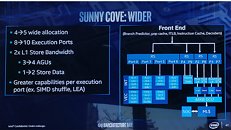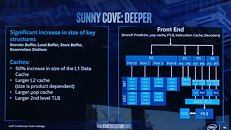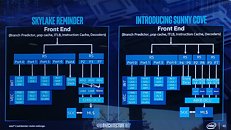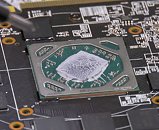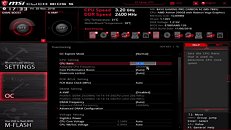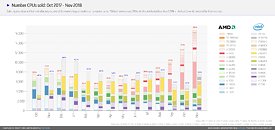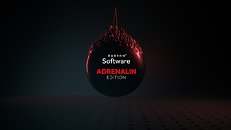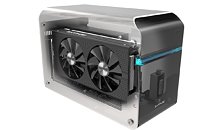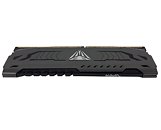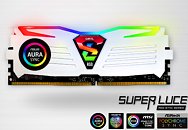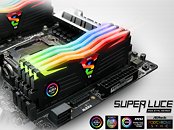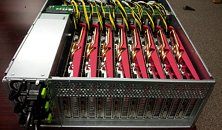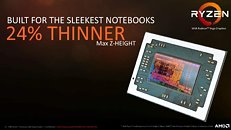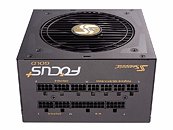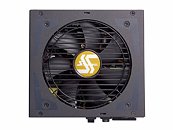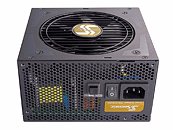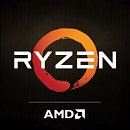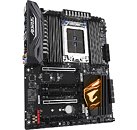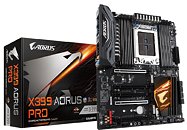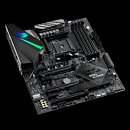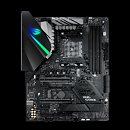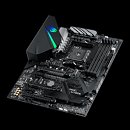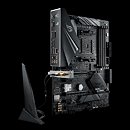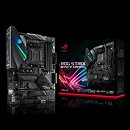GIGABYTE began shipping its second socket AMD TR4 motherboard since 2nd generation Ryzen Threadripper launch, the X399 Aorus Pro. If you've been paying attention to GIGABYTE's new nomenclature for Aorus, the "Pro" SKU is slotted between what was "Gaming 3" and "Gaming 5," making this GIGABYTE's most affordable TR4 motherboard, positioned below the X399 Gaming 7, and a far cry from the range-topping X399 Aorus Xtreme. The board ships with out-of-the-box support for 2nd generation Ryzen Threadripper processors. GIGABYTE appears to have reused the same exact PCB as the X399 Gaming 7, but with aesthetic updates and cost-cutting. The board's design scheme (I/O shroud and heatsink designs) are somewhat aligned with its newer generation design aesthetic introduced with its Z390 Aorus family.
Cost cutting over the X399 Gaming 7 comes in the form of the I/O shroud no longer running the entire length of the PCB, only one out of three M.2 slots getting a SSD heatsink, only two out of five PCI-Express 3.0 x16 slots getting full metal reinforcement, and the lack of a WLAN module. The board draws power from a combination of 24-pin ATX, 8-pin EPS, and 4-pin ATX, and uses an 8-phase VRM to power the CPU. Expansion slot layout is unchanged from the Gaming 7, with two x16 slots running at x16, and two taking 8 lanes from them. A fifth x16 slot is gen 2.0 x4. All three M.2 PCIe slots are wired to the CPU. The onboard audio solution is carried over, with Realtek ALC1220 CODEC, WIMA capacitors, and ground-layer isolation. The sole networking interface is a 1 GbE pulled by an Intel i211-AT controller. Available now, the GIGABYTE X399 Aorus Pro is priced at $270, a whole Benjamin cheaper than what the Aorus X399 Gaming 7 launched at.









